
Advancing Your Career: MBA vs. CFA
When some people want to advance their careers, they get an MBA. That’s what I did—I graduated in 2001 with my MBA from the University of San Francisco. That was a good decision. It has proved valuable, and I learned a lot.
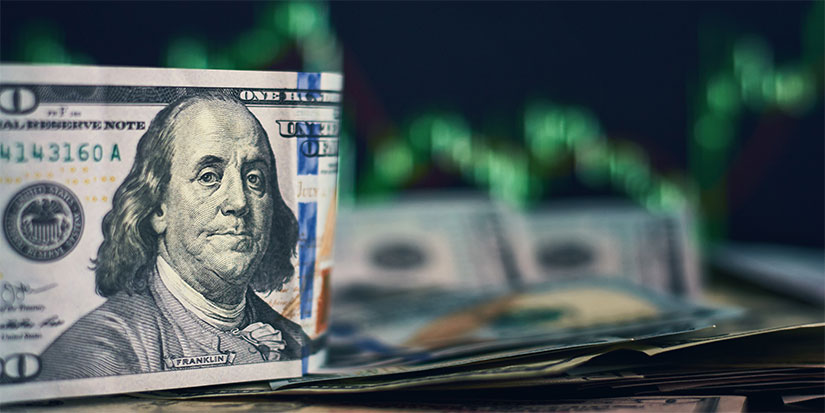
The Virtues It Takes to Make Money
Money is not the root of all evil, and the love of money is not evil. Money is good, and it’s because of the virtues that it takes to make it.
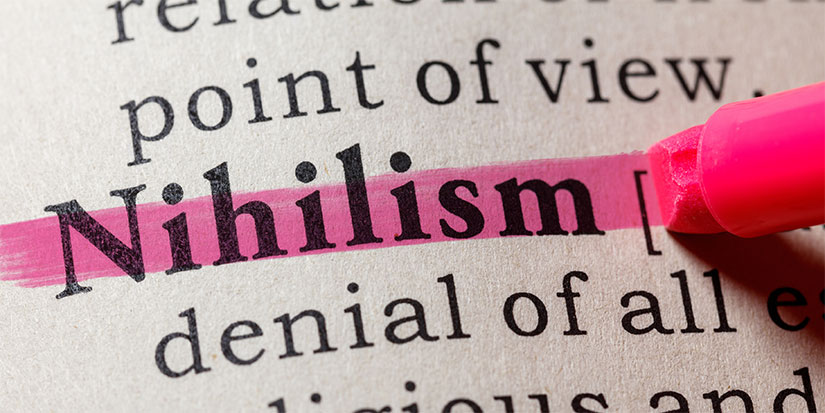
Financial Nihilism
Attaining wealth is harder these days, but in some ways, it is easier. I would not worry too much about it. Think about the future, or the future will think about you.
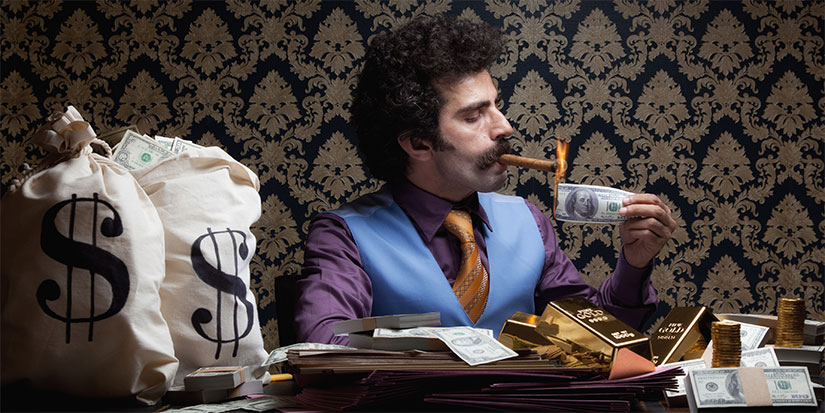
Windfalls
I have a rule about windfalls. Money is a tool, and it can be used for good or for ill. Don’t be a knucklehead—the money won’t last forever.
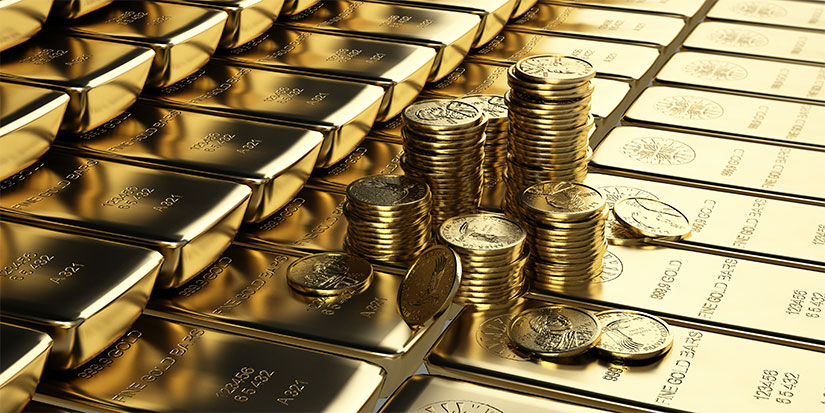
Gold and Personal Finance
Some people think it would be insane to have an investment portfolio that is 100% gold. You know what I think is insane? An investment portfolio that’s 100% stocks. Of course, even though a portfolio of 100% stocks is crazier, both are insane—you should have the Awesome Portfolio.
How much gold do you have?
-
0%
-
1–5%
-
5–10%
-
10–20%
-
More than 20%
I have more than 20%, so this has been a good month for me. It hasn’t been a good 13 years. Pretty miserable, actually… though I’ve been building the position over time. Every dog has its day, and boy, is that ever true in the markets.
You should have some gold. If you are tracking the Awesome Portfolio, you should have 20%. Why? Not because it is going to go to infinity or because it will return more than stocks. I explained the reason in No Worries.
Basically, gold is the Dennis Rodman of asset classes. Dennis Rodman was a very good basketball player, a Hall of Famer, but he didn’t score much. So, a team full of Dennis Rodmans wouldn’t be a very good team. But if you add Dennis Rodman to a team of four other guys who can score, then it becomes the best team in the world because Rodman can rebound and pass. That’s kind of what gold is like. A portfolio full of gold would be unexceptional most of the time, but a portfolio of gold with other stuff is even better.
Buy Gold ETFs
This is the point in the discussion where people ask how they should buy gold. Honestly, I would not bother with the bars and coins—you’ll never sell it, and it will end up in the estate sale. Buy the ETFs. Ignore all the tinfoil-hat gold bugs who tell you that SPDR Gold Shares (GLD) and the iShares Gold Trust (IAU) are not real gold. They absolutely are real gold. They’re super liquid, and you can hold them in a brokerage account and pay taxes.
Kind of the same argument for holding bitcoin in ETF form. Trying to navigate the crypto exchanges and bootstrapping your own taxes is a huge hassle. Of course, I should have done this issue long ago when gold was lower, but you probably wouldn’t have listened. That’s Wall Street.
Could the US ever go back to a gold standard? Well, maybe, but probably not in my lifetime. Things would have to get extraordinarily bad. And that might happen. Some people say we don’t have enough gold to back every dollar in currency. Absolutely we do—the price isn’t high enough yet!
Luke Gromen is talking about the possibility of revaluing gold. Nice to think about, but useless for trading—it’s not going to happen for a decade or more. But yes, I think our 53-year experiment with a flexible monetary standard will someday come to an end. The deutschemark became the rentenmark, after all.
Portfolio Smoothing
You own gold to smooth out the ups and downs in your portfolio. This works because gold has a low or negative correlation to stocks, bonds, and other stuff, and crucially, those correlations are not stable. This has the effect of reducing the volatility in your portfolio. Which would be desirable, right? I feel like I’m getting hoarse from saying this all the time on podcasts. With gold, you trade off a little bit in the way of return and get a lot back in volatility reduction. Remember, a portfolio of 100% stocks is insane.
This is where people chime in from the cheap seats: What about silver? What about bitcoin? Silver is not gold, and bitcoin is not gold. Michael Howell recently called bitcoin “exponential gold.” Well, we simply do not have enough price history on bitcoin to make that determination. I wouldn’t be surprised if we got a prolonged period of gold outperforming bitcoin. And I’ve never understood the supply/demand dynamics of silver. You do want to have a little silver to go with your gold because silver is a right tail asset that can explode higher, but I would not build a monument to it.
From a market standpoint, gold is reflexivity in motion. It goes up, which makes people suddenly realize they are underinvested and buy some, which makes it go up, which makes more people realize they are underinvested, and so on. When was the last time you saw a major asset class go up 15% in a straight line? I don’t think it’s done—not even close. In technical terms, if you have a 13-year consolidation, and you break out to new highs, it is going to run for a few years or more. There is nothing harder than buying the upper right-hand corner of the chart, and nothing more rewarding.

Jared Dillian, MFA
|
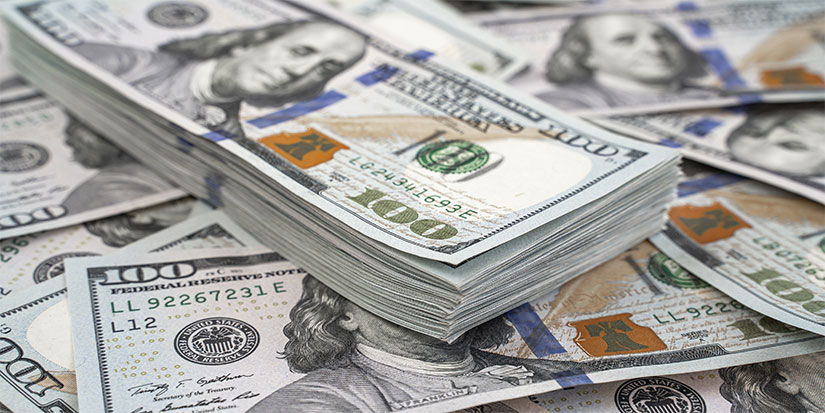
How Do You Feel About Money?
One of the common misconceptions about money is that you need a lot of it to be happy. But if your basic needs are met and you don’t have any debt or risk, you can live paycheck to paycheck and be perfectly content.